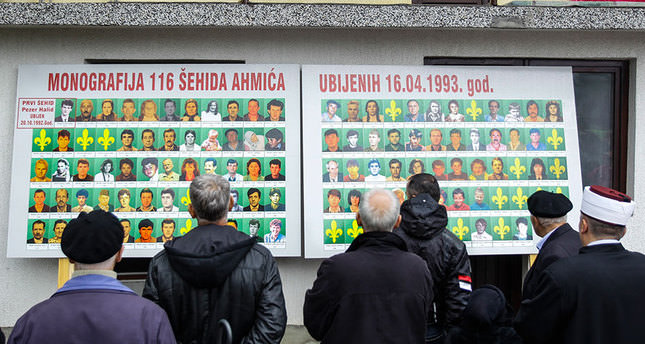
Authorities said Friday that 26 miners were killed in accidents in southwestern China, the latest in a string of disasters that have made the country's mines the world's deadliest.
Authorities are racing to locate three remaining miners believed still to be trapped underground since April 7, Yunnan's Qujing city government said.
City officials say a predawn explosion on April 7 caused the mine to flood, trapping 22 miners at the Xiahaizi colliery, 19 of whom were killed. It isn't clear yet what caused the explosion, but the water came from nearby wells.
Four miners have been rescued since the accident, officials said. Also on Friday, a roof collapse at a mine in Guizhou province killed seven, the official Xinhua news agency said.
China leads the world in coal-mining fatalities. The government said 1,049 people were killed or missing in coal-mining accidents last year. In comparison, 52 people were killed over the last decade in U.S. coal-mining disasters, according to data from the U.S. National Institute of Occupational Safety and Health. Accidents at China's coal mines have caused more than 33,000 deaths in the last decade, according to data from the State Administration of Coal Mine Safety.
Heightened official attention to safety regulations and efforts to consolidate smaller coal mines under state-owned operations have cut the death toll each year since 2000. So far this year, 45 people have died in Chinese coal-mining accidents, excluding the Qujing incident, according to the Chinese coal safety agency. Last year 1,049 were killed in such accidents, compared with 1,384 in 2012.
The government has tried to signal in recent years that it is serious about making coal-mining safety a priority. Unlike past incidents, where officials yielded little or no information, Qujing and Yunnan officials have flooded social media with updates on their rescue effort, including dozens of reports posted on Qujing's website and a steady flow of posts on the city's verified account on Sina Weibo, a widely used Twitter-like microblogging platform.
Qujing, with a population of about six million, is the second-largest city in Yunnan province. Like neighboring Guizhou province, it is part of a coal-rich plateau where electricity production—fired by the mineral—is an important part of the local economy.
Rescuers found 14 bodies from the Qujing accident Friday, bringing the official death toll to 19. The other five bodies were retrieved Wednesday and Thursday, officials said.
The narrow underground space and the mine's complicated layout have hampered search efforts, Xinhua said.
Qujing Vice Mayor Zhang Lei told Xinhua it was unclear if safety regulations were breached in the construction of the mine, but suggested there had been a "delay" in reporting the accident. Mr. Zhang said "responsible persons" at the mine have been detained to assist in the investigation. Calls to the provincial Safety Supervision and Administration Department weren't immediately answered Friday.
The midsize mine is privately owned by a company called Liming Industry Co., according to state records. It is licensed to operate from December 2004 through January 2016, according to the Yunnan Coal Mine Security Supervision Bureau. Liming couldn't be reached Friday.
China has more than 12,000 coal mines, many of which are underground shafts.
Friday 18 April 2014
http://online.wsj.com/news/articles/SB10001424052702304626304579509023076837450?mg=reno64-wsj&url=http%3A%2F%2Fonline.wsj.com%2Farticle%2FSB10001424052702304626304579509023076837450.html



